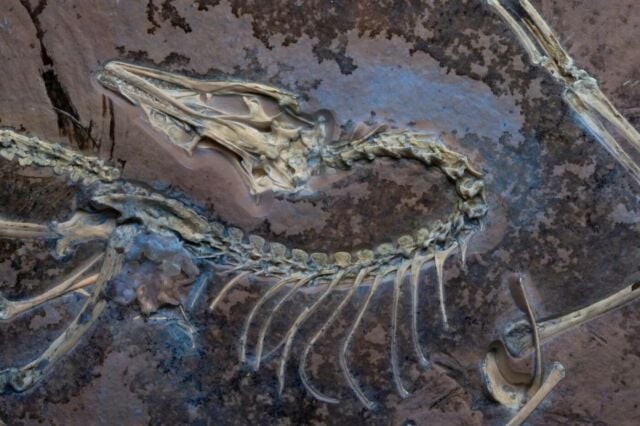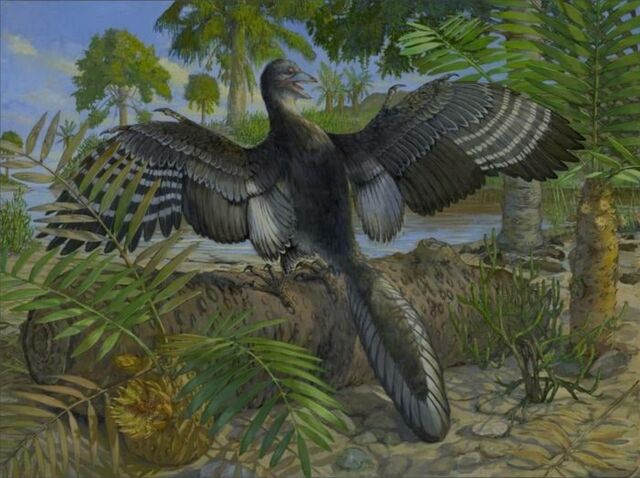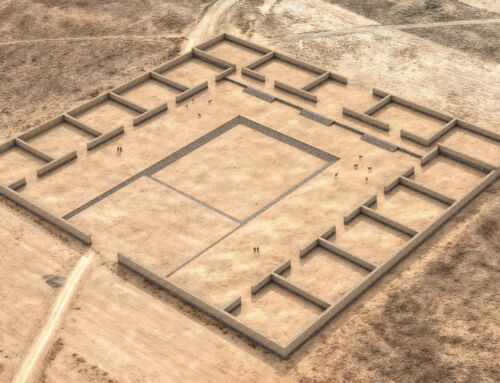 Archaeopteryx Fossil. © Delaney Drummond
Archaeopteryx Fossil. © Delaney Drummond
Studying the Chicago Archaeopteryx fossil will help us understand how these early flying dinosaurs lived.
This is one of the best examples of a nearly complete and well-preserved 14th specimen of Archaeopteryx species, thanks to detailed imaging using micro-CT scans. It provides valuable insight into how their bones and feathers changed as flight evolved in early birds. The skull, seen from the side and bottom, shows features similar to those of non-bird dinosaurs like troodontids and more advanced Cretaceous birds.
Changes in the skull suggest a move toward a more flexible head structure compared to earlier, non-flying relatives. The backbone is fully preserved, showing a longer tail than previously thought and rare bones called proatlases. Skin impressions on the right hand indicate that the smallest finger was likely free and could move more than we used to believe.
 Artistic reconstruction of Archaeopteryx. © Michael-Rothman
Artistic reconstruction of Archaeopteryx. © Michael-Rothman
These discoveries in a new study in Nature reveal a mix of old and new features in Archaeopteryx, help refine what we know about its lifestyle, and shed light on the early evolution of birds.





Leave A Comment